Say Hello!
Sign In
- Health and Safety
What happens to our body at high altitude
So you have been scrolling your feed the whole summer and all you can see is people going for high altitude treks, giving an ecstatic wanderlust caption and bragging about all the serenity they discovered at an alienated location high up into the hills, isn't it? This might have ignited your urge to trace a mountain peak and scream your worries off the summit. Don't worry, your urges are quite normal and we can feel that adrenaline rush throughout your body. It's been a long time since you have restricted this blissful experience and it's high time to pack your bags and spread your imaginary wings for a splendid mountain trek.
But before packing your bags, you need to have detailed knowledge about the things that are involved in a trek. There are a lot of changes that our body undergoes at high altitudes due to the changes that take place in the vicinity. A reduction in the oxygen level occurs due to a hike in the elevation. The atmospheric pressure tends to lower down to a large extent thereby putting an extra amount of stress in our body. This stress adds up mental and physical pressure in our body thereby weakening it. Due to these changes, our body starts to function anomaly and with an exponential increase in altitude, these changes can prove to be really fatal.
For example, if you live near plains which have an elevation of 500-1,000 feet above sea level, it will be really difficult to cope up in a place that has an elevation of more than 8,000 feet. Any elevation that is above 8,000 feet is considered to be a high altitude region and after this height, your body starts to feel the pressure. At this high altitude, the atmospheric pressure reduces and the oxygen level dips down to a large extent. A unit breath in the plains tends to provide a lot of oxygen as compared to this high altitude where the oxygen content is less concentrated. Hence, you need to breathe faster in order to compensate for the reduction in the concentration of the oxygen in the air. This is why the treks to high altitudes are often longer, generally ranging for more than 8 to 10 days. You can't just go out there and climb 15,000 feet in 2-3 days.
After discussing all the basics, let us briefly discuss what happens to our body at a high altitude:
- A lack of the quantity and quality of sleep
- An increase in heart rate and breathing
- Thickening of the blood
- An increase in the frequency of urination
- Developing altitude sickness
A lack of the quantity and quality of sleep:
When we sleep at high altitude, our body forgets to breathe deep. This is why our brain sends a message to our receptors to awaken our bodies and nudge us to breathe. It is completely normal not to get much sleep at such a high altitude. It's a good sign as we get to know that our body is acclimatizing to the situation.
P.S: Don't trouble yourself much by thinking about your ex if you fail to sleep. Believe us, it?s just the lack of oxygen that has taken your breath and your nights sleep away!
An increase in heart rate and breathing:
It is now clear that at high altitude, there is a reduction in the amount of oxygen our lungs can consume. This may lead to shortening of breath and in order to compensate this reduction in-breath, the frequency of our breath increases and we tend to breathe faster. This in turn puts stress on our heart which leads to an increase in the heart rate. Again, this is completely normal. But there are cases where people start to take this in a pessimistic way and end up getting a heart stroke. This is why it is important to have an idea about the consequences that our body tends to face at a high altitude in order to resist the unnecessary loss of life.
Thickening of the blood:
The red blood cells (RBC) present in our body are responsible for the transportation of oxygen into our bloodstream. When there is an increase in the frequency of heart rate, the heart tends to pump blood faster. This creates a hustle and bustle of the red blood cells in our body which is something like a traffic jam in our bloodstream due to an increase in the number of red blood cells. This makes the blood thicker due to the inactivity of our body at such high altitudes.
P.S: In order to sort out this traffic, you don't need traffic police. You just need to be a little more active.
An increase in the frequency of urination:
Since both of our hearts and lungs are under tremendous pressure at high altitudes, they start to respond at a rapid pace. This is why our body tends to get rid of all the excess fluid in the form of useless bodyweight. It is proven that an individual loses about 2 percent of his or her body weight in the form of fluid during a high altitude mountain expedition.
P.S: You will get a lot of " nature's call " throughout the trek. Always be ready to respond to the midnight call. Make sure you have a working zip.
Developing altitude sickness:
After a climb of 8000 feet, the symptoms of altitude sickness show up on its own. This occurs due to change in various factors at such high altitude which our body fails to resist due to lack of proper acclimatization. This can turn out to be fatal if conditions such as HACE and HAPE pops up. In order to prevent altitude sickness, we need to take proper rest every time before and after ascending a certain elevation. The consumption of proper food also has a major impact as the likes of non-vegetarian foodstuffs can lead to altitude sickness due to a high source of protein which fails to break easily. Alcohol and other energy drinks should be strictly avoided.
All the above-mentioned changes in our body are considered to be normal responses in case of an increase in altitude. It means that our body is coping well with the change in altitude. One should know that these changes can occur even while they are stagnant or resting. This has no relevance with trekking or mountaineering. Even if we simply fly to a high altitude and lay down, our body tends to burn a lot of energy because of the overdrive due to change in elevation. Altitude sickness occurs when our body fails to acclimatize well with the change in altitude and can prove to cause an adverse effect on our body. This is why we need to understand the science behind it in order to prevent altitude sickness and return back with a happy heart and a healthy body. The biggest problem that needs to be addressed is the illiteracy and the lack of knowledge of the trekkers about the symptoms, prevention, and treatment of altitude sickness. It's mandatory for every trekker to educate themselves about it and share it with others as well. The more you learn, the less dependent you are on others cause it's really difficult to find medication at such high altitude. Moreover, you never know when you can save a life with these high altitude trek hacks.

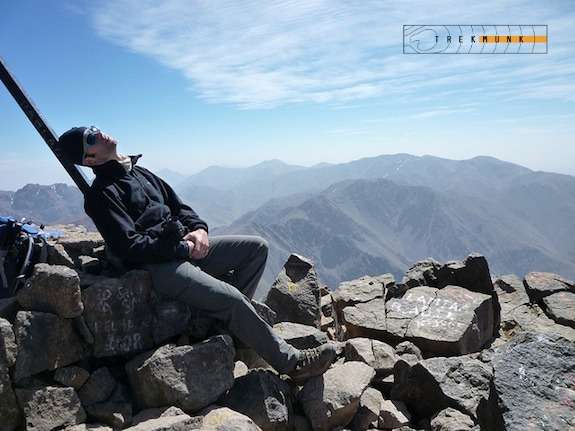
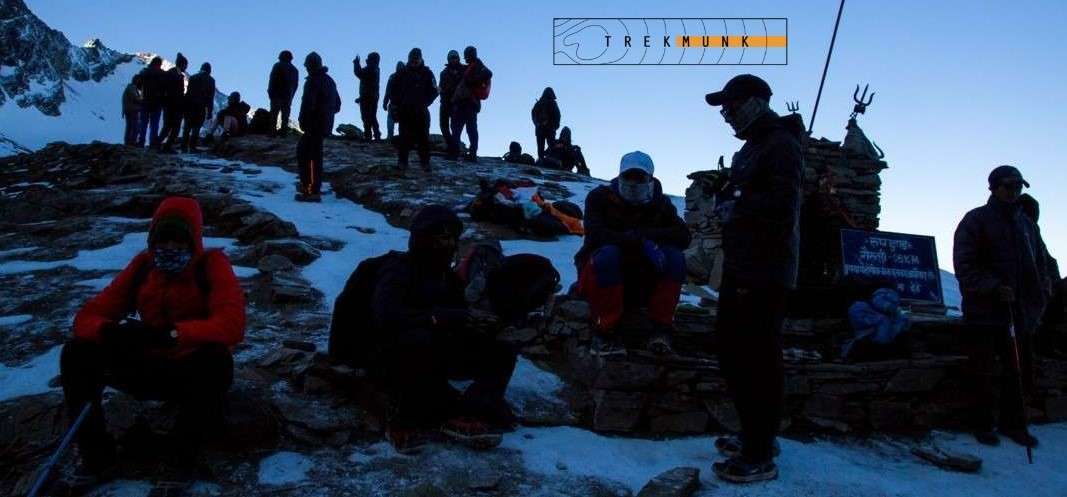
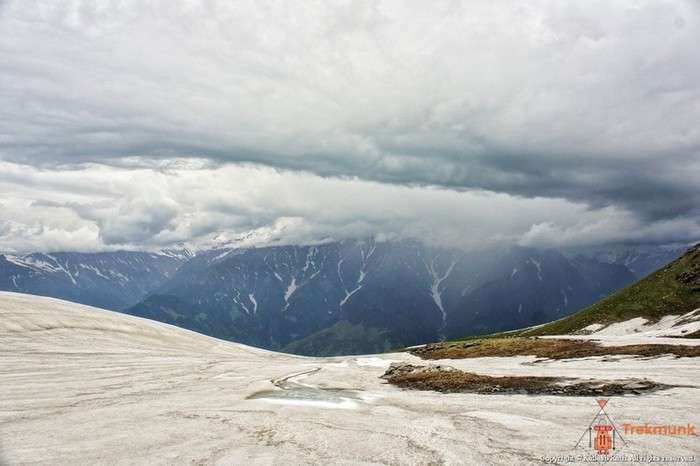
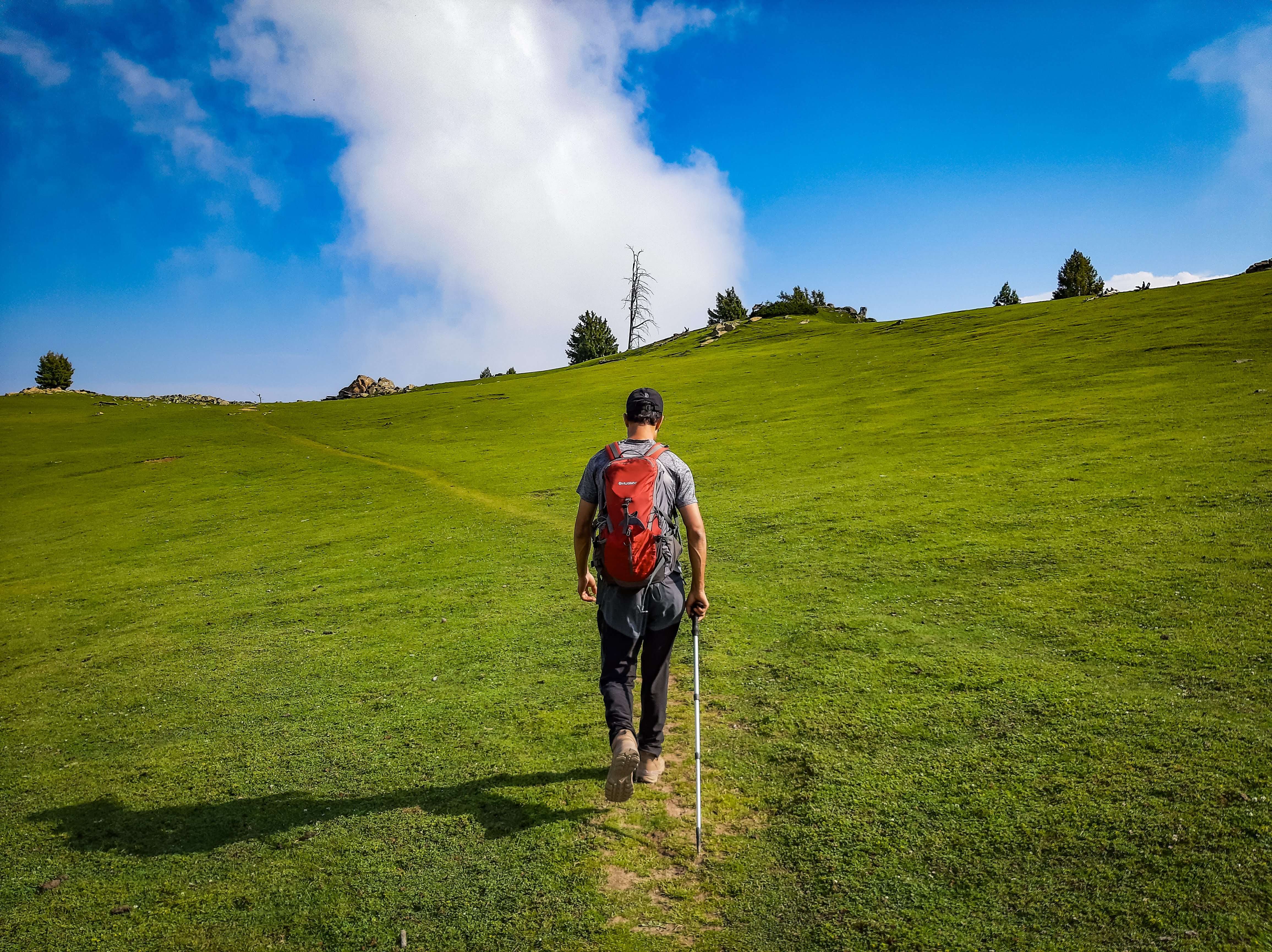
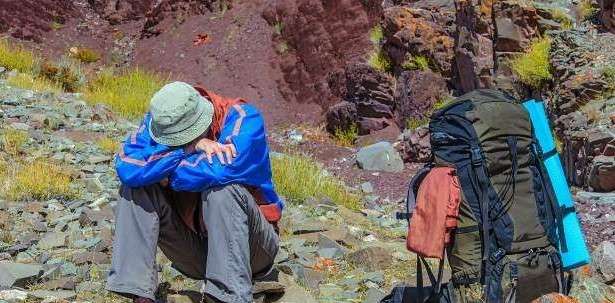
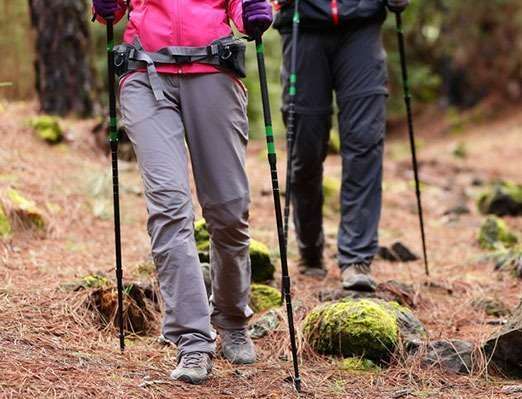
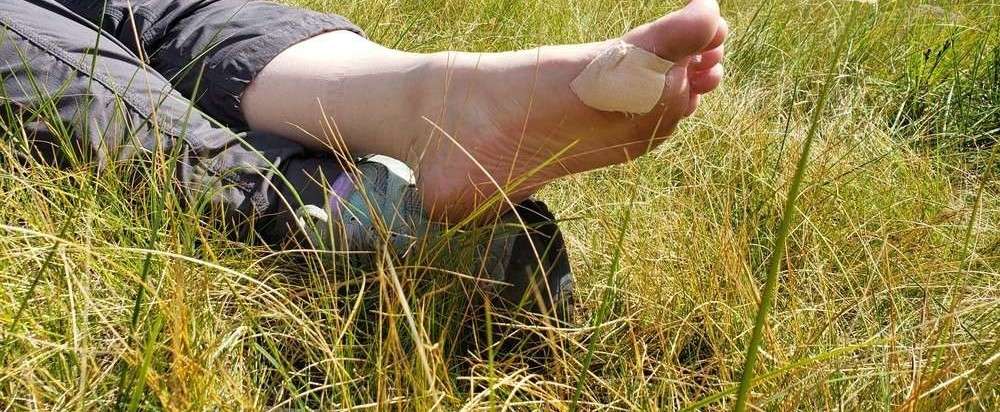


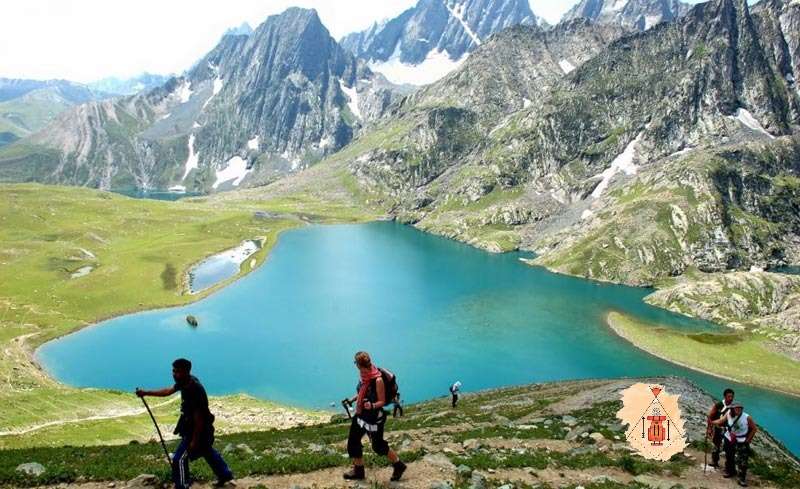
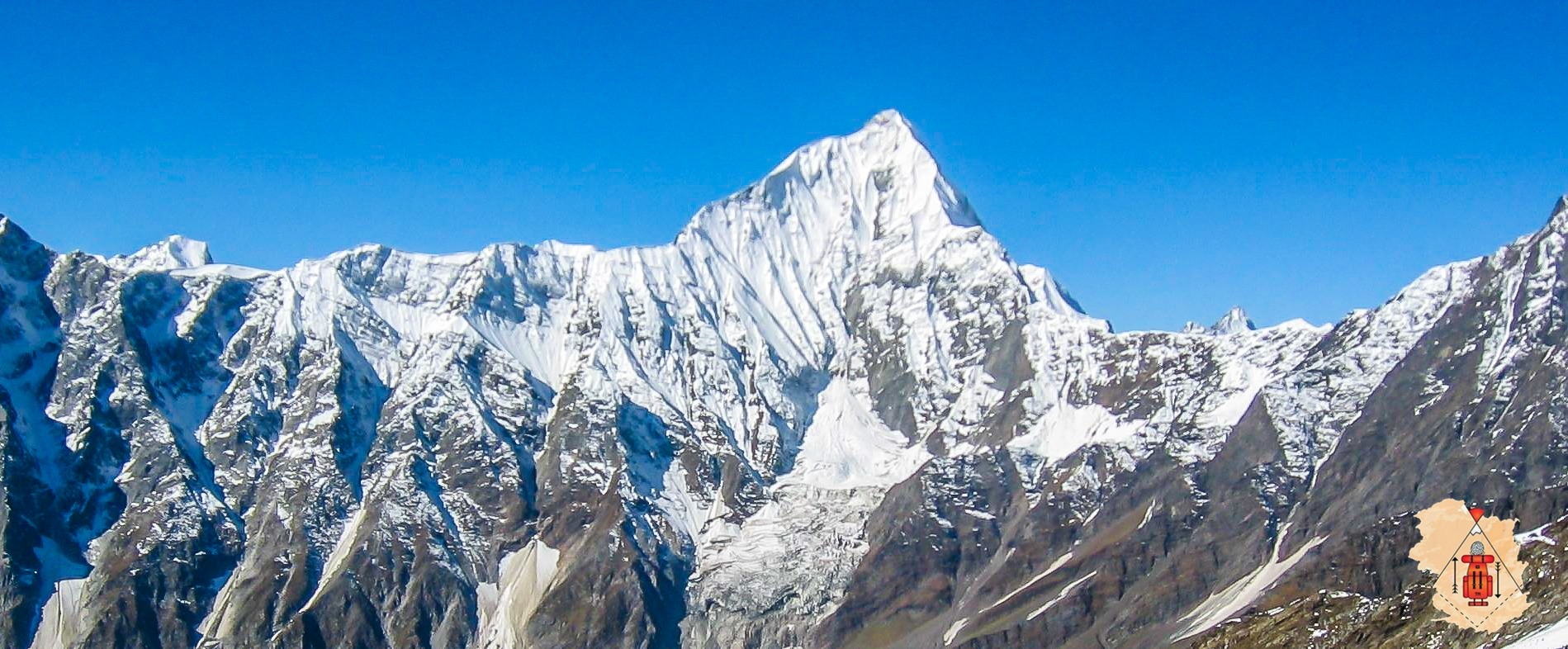
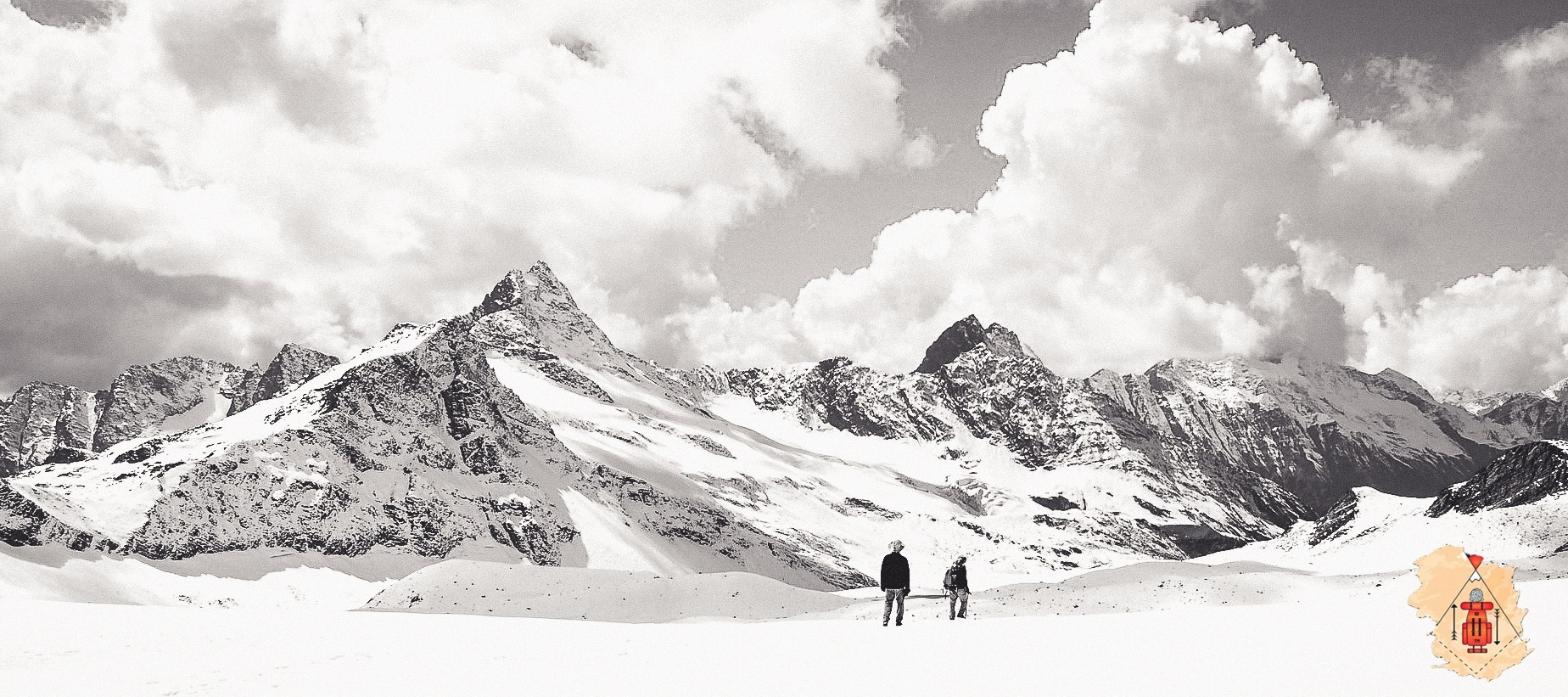
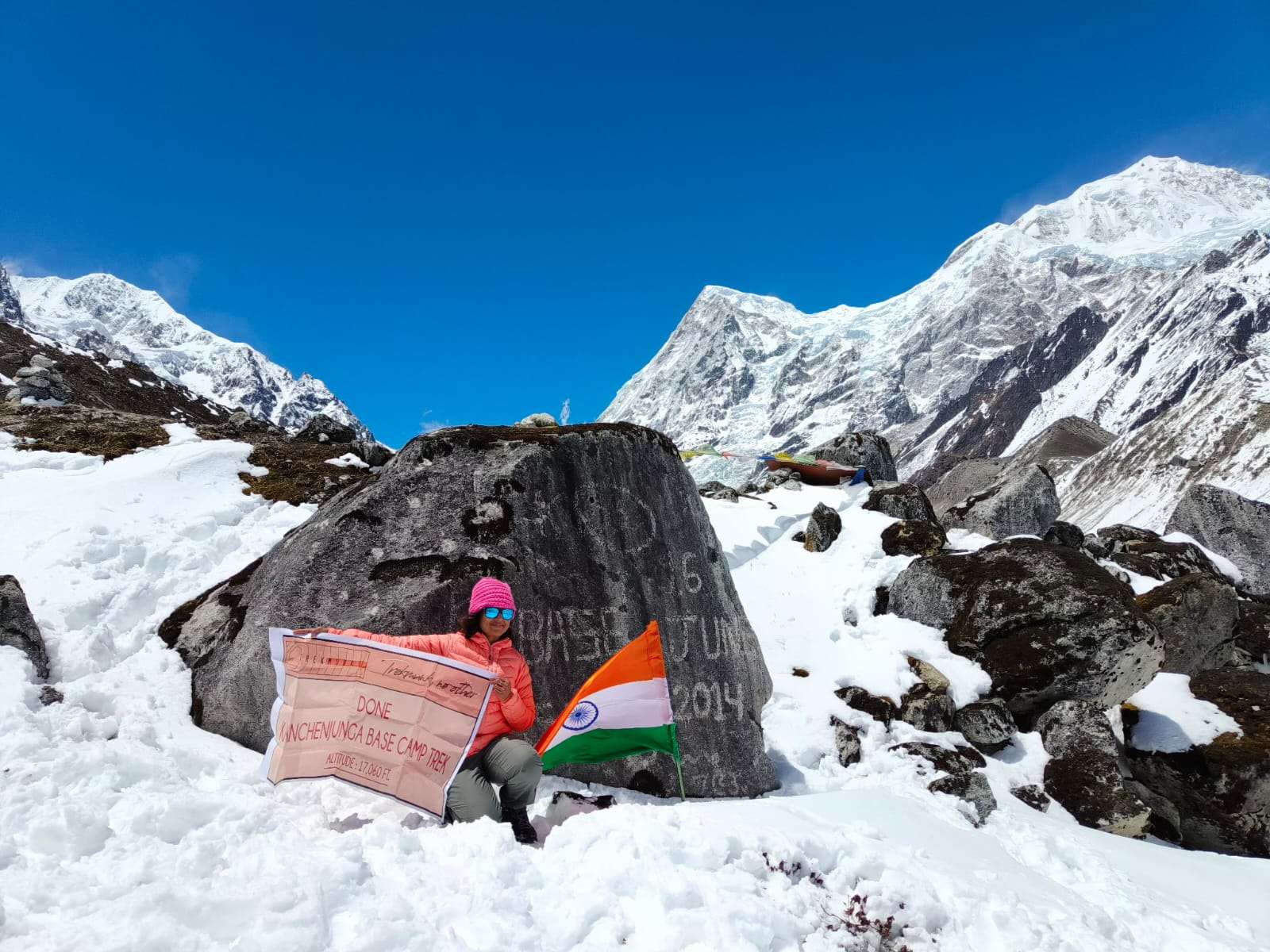

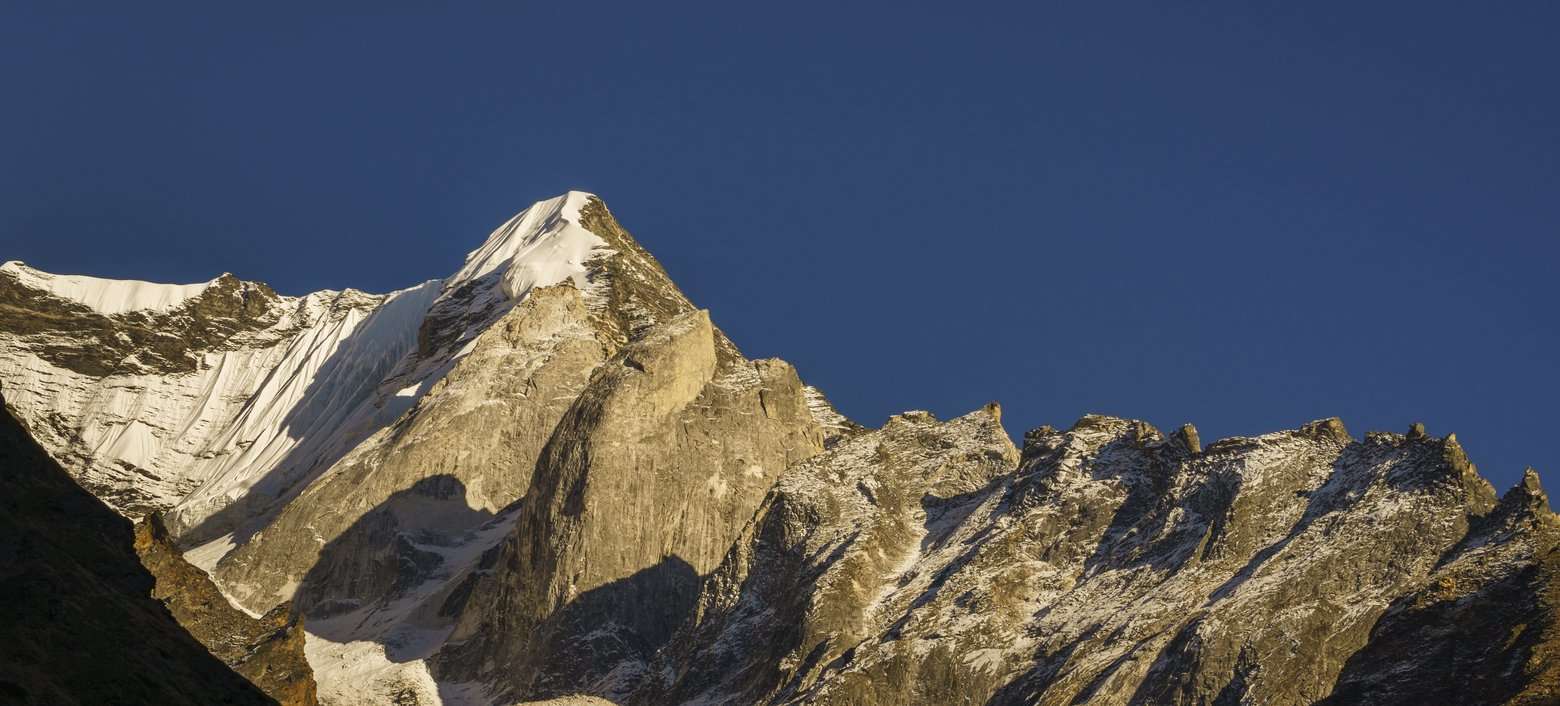
Harshit Patel : Co-Founder at Trekmunk. A certified Mountaineer, Skiier, has led more than 50 high altitude treks in the Indian Himalayas. He is an Engineer by profession but a traveler by passion. He has led treks in Kashmir, Ladakh, Uttarakhand, Himachal Pradesh, West Bengal, Sikkim and Nepal. He is a NOLS certified First Aid Responder and has covered 185,000+ km on Motorcycle. A Poet, Drone Pilot and Videographer at Insane Traveller Productions.